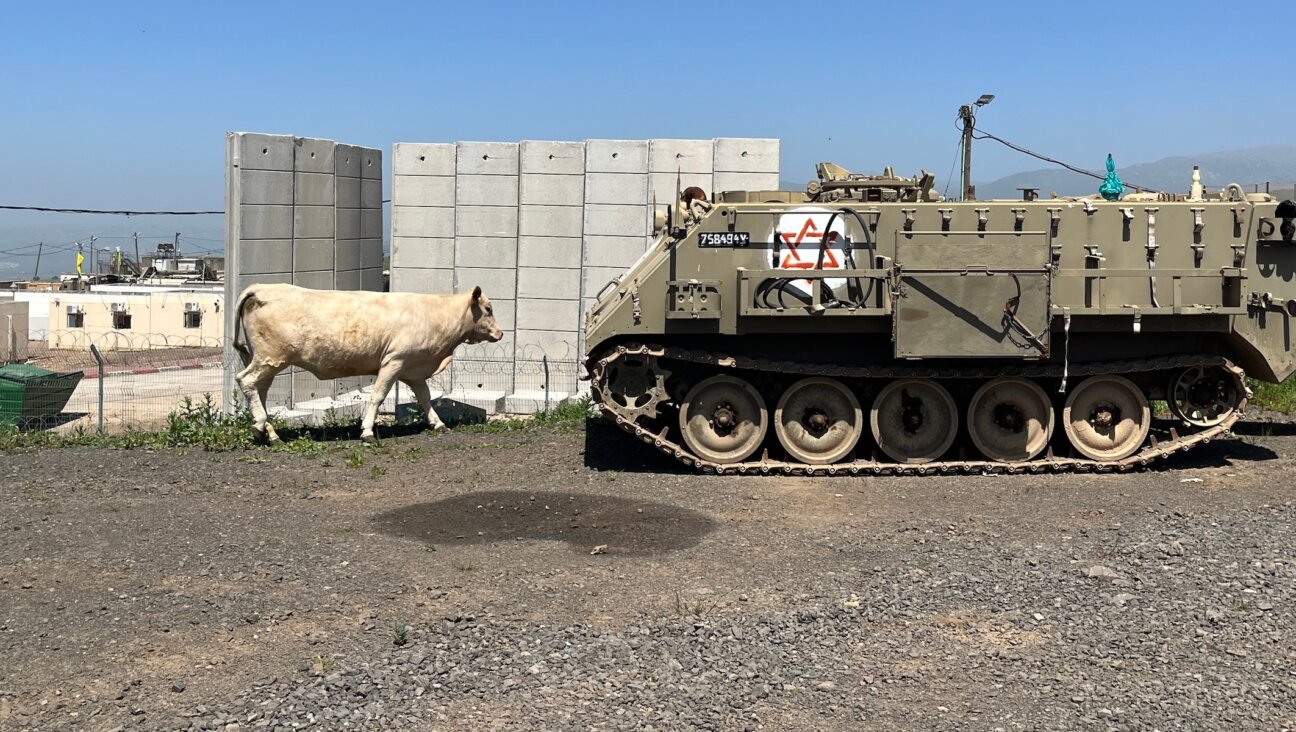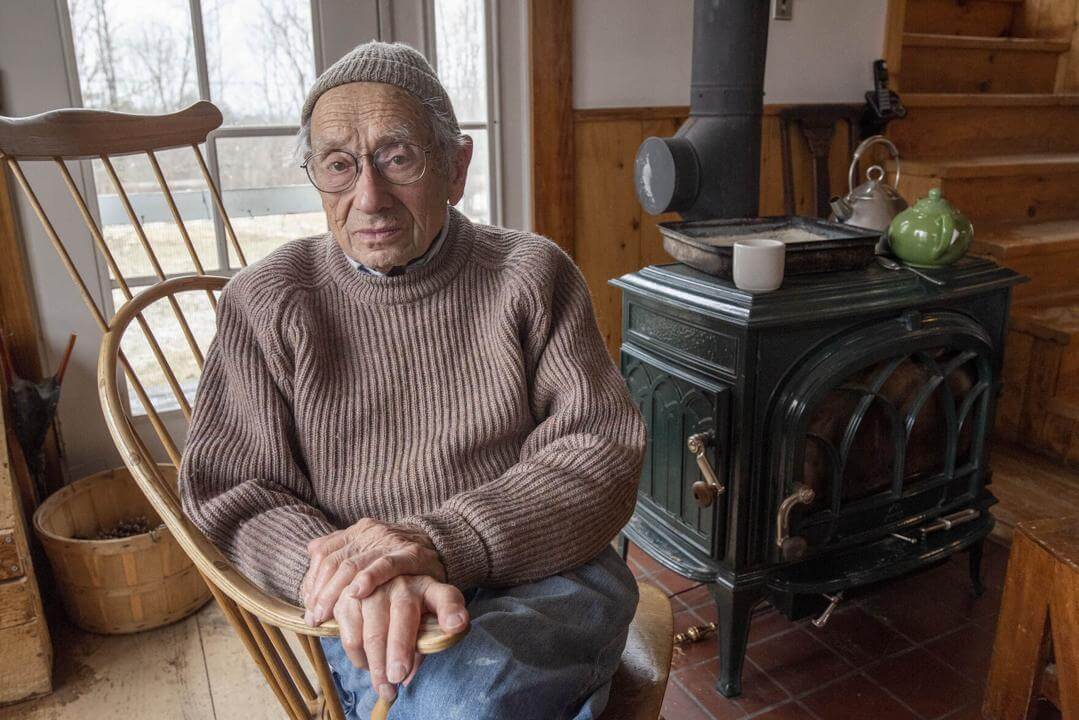Does Haunting Photo Show Singin’ Jewish Twins?

Image by forward association
I haven’t taken a survey on this, but I feel pretty confident that the secret shame of photo archivists is that drawer full of unidentified images — the “orphans,” in archive speak. Photos that stubbornly refuse to reveal any hint of who might be in them, where they may have been taken and, most important, for whom they held significance.
One 8-by-10 glossy stood out like a gleaming sore thumb among the “orphans.” The unidentified women depicted in it almost begged to remain anonymous despite their perky expressions, the halo lighting just above their heads, and their twin outfits and matching wavy hairdos.
Found in the middle of a drawer full of cantor’s headshots, photos of Israeli folk singers of the early 1950s and or Yiddish theater stars, the photo from the Forward’s archives seemed to show one of a generation of sister singers. Were they perhaps the Barry, Feder or Pincus Sisters? Or maybe that breakaway pair from the Malavsky Family Choir — Goldele and Gittele — who became known as the Marlin Sisters?

Patricia and Joan Miller
In a first effort to unlock their identity, we reached out to expert Krysia Fisher, curator of photographs at the epicenter of Yiddish imagery, the YIVO Institute for Jewish Research. She was confident that the subjects were gentile. Perhaps they, too, in the style of Connie Francis or Julie Andrews, tried to reach the Jewish market by singing in Yiddish?
Fisher’s bold response reminded us that sister vocal groups were likely not invented by the Yiddish-singing Barry Sisters, a belief that seems hard for some to accept. More colleagues were consulted. Their guesses leaned toward the garden variety Yiddish sister singers.
In hopes of finding the answer, we turned to you, dear readers. The photo appeared in the Aug. 16 issue of the Forward’s Forward Looking Back column, which went up online August 10. Then we took to our Facebook page to ask for help.
Forward readers offered supportive guesses — including the Pincus Sisters and the Miller Sisters.
Patricia and Joan Miller, who may have inherited their famously non-Jewish features from their dairy salesman father, Elmon Gordon ‘Bud’ Miller, appeared to be the best bet. Popular enough to sing on television’s “The Hoffman Hayride” in the 1950s, they certainly have a close resemblance to the image in our archive. It is tempting to declare the case closed and remove the stigma of the orphaned image.
But truth be told, it’s too close to call. And what about imprinting a mistaken identity and ending up with a case of the dybbuk of mixed-up-souls? The question may be more than purely theoretical.
The Miller twins became reclusive in later years and lived together in the resort town of South Lake Tahoe, Calif. In March 2012, the twins were found dead in different rooms in their shared home.
A coroner determined that they died of natural causes, but the case remains puzzling, since it’s unclear if they died within a very short time of each other. Detective Matt Harwood told Britain’s Daily Mail that he believed the two sisters, long each other’s only companion, could not live without each other.
“My perception is, one died and the other couldn’t handle it,” said the detective, who has been unable to identify any close friends or family members to inform of the sisters’ deaths. ”It appears purely natural, but we are still trying to piece it all together.”
Getting back to our mystery photo, it’s like the Yiddish saying: “Az ikh vel zayn vi yener, ver vet zayn vi ikh?” It roughly translates to: ”If I am to be like someone else, who will be like me?” The unidentified pair in the photo could be the Millers, but it might not be them.
One day soon, the right answer might rise up from the Internet. Maybe someone will start a website for long-lost sister singing groups.
Chana Pollack is the Forward’s archivist. Contact her at [email protected]

I hope you appreciated this article. Before you go, I’d like to ask you to please support the Forward’s award-winning, nonprofit journalism during this critical time.
Now more than ever, American Jews need independent news they can trust, with reporting driven by truth, not ideology. We serve you, not any ideological agenda.
At a time when other newsrooms are closing or cutting back, the Forward has removed its paywall and invested additional resources to report on the ground from Israel and around the U.S. on the impact of the war, rising antisemitism and the protests on college campuses.
Readers like you make it all possible. Support our work by becoming a Forward Member and connect with our journalism and your community.
Make a gift of any size and become a Forward member today. You’ll support our mission to tell the American Jewish story fully and fairly.
— Rachel Fishman Feddersen, Publisher and CEO
Join our mission to tell the Jewish story fully and fairly.

























